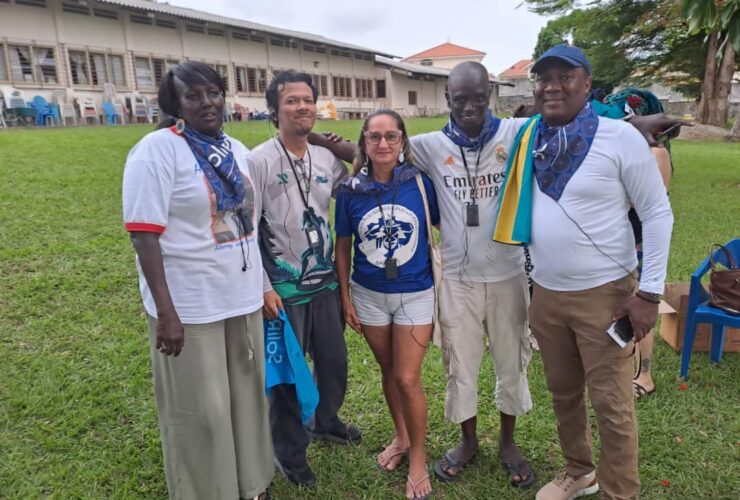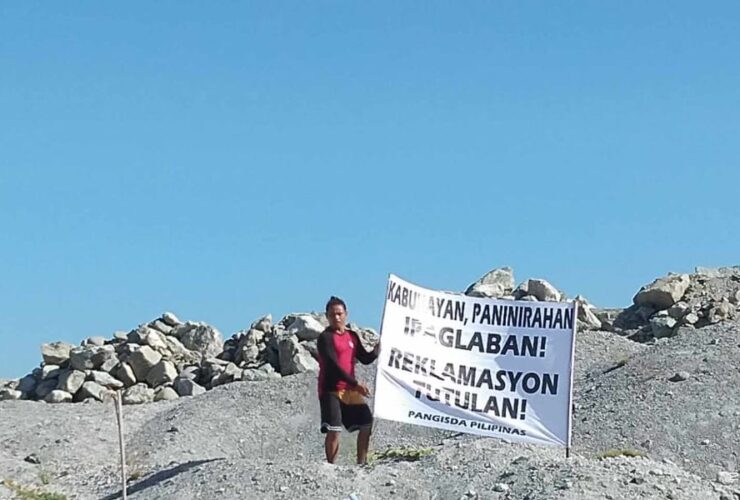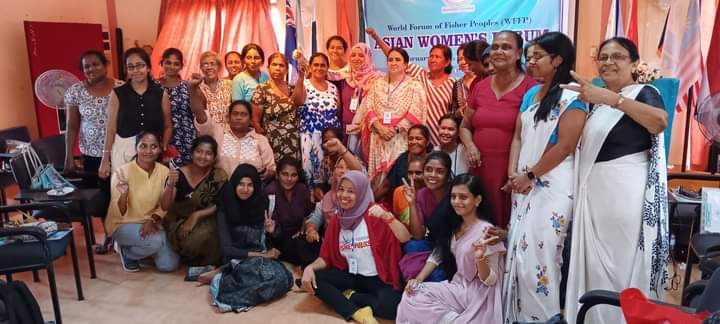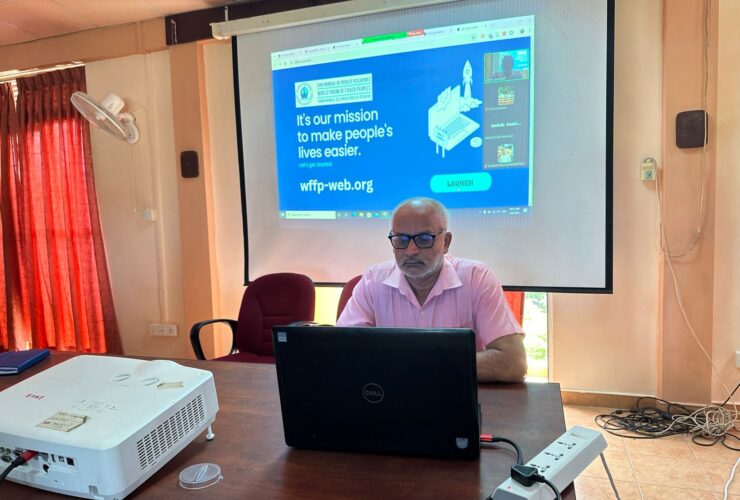The World Forum of Fisher Peoples (WFFP) recently participated in a political training workshop in Abidjan, organized by SoliREsp. This workshop focused on analyzing and confronting various challenges, such as the correlation of forces, and the causes and consequences of repression and criminalization, particularly within political contexts. ...
On April 29, 2024, a remarkable event took place on the waters of Manila Bay as PANGISDA, a coalition of fishermen, environmentalists, and concerned citizens, staged a fluvial protest to voice their opposition against the ongoing Manila Bay reclamation projects and proposed Charter Change. This unique demonstration saw hundreds of boats adorned with banners and slogans, creating a powerful visual ...
The Gambia government yesterday has launched project to enhance the adaptation and mitigation and reduction of climate-related risks facing fisheries sectors. The climate resilience fishery initiatives livelihood improvement project is co-funded by FAO and Gambia government through Ministry of Agriculture and Fisheries. The project is expected to support about 168 000 vulnerable women and men dependent on fisheries value chains. ...
Small-scale fisheries and sustainable development: A Summary extracted from UN FAO – Key findings from the Illuminating Hidden Harvests report Small-scale fisheries account for at least 40 percent of global fisheries catch. 90 percent of the people employed along capture fisheries value chains operate in small-scale fisheries. 45 million women participate in small-scale fisheries, including for subsistence. ...
La Direction des Pêches Maritimes (DPM) avec l’Appui de l’UEMOA compte accompagner la structuration des filières de la pêche artisanale et de l’aquaculture au Sénégal. L’annonce est faite par M. Diène Faye, Directeur des Pêches Maritimes lors de l’ouverture officielle de l’atelier de réflexion sur le développement durable du secteur halieutique et aquacole . Promouvoir une meilleure gestion des ressources ...
Red Salute to all who commemorate 10th death anniversary of Fr. Thomas Kocherry, Leader, Foundinf Member and the first coordinator of WFFP today. ...
Enclosed are the outcomes of the Coastal Climate Forum, providing a platform for dialogue across all KNTI bases and gathering thousands of fisherfolk and stakeholders in the fisheries sector. The forum addressed shared challenges in coastal communities, emphasizing the importance of collaborative efforts to mitigate the impacts of climate change. Insights from diverse regions showcased adaptive strategies, underscoring the significance ...
This past week, devastating floods swept through Brazil and parts of East Africa. These catastrophic events claimed hundreds of lives, displaced hundreds of thousands of people, and damaged critical infrastructure. Amidst the world’s ongoing crises, these disasters must not go unnoticed. In Rio Grande do Sul, Brazil, incessant rainfall and unrelenting flooding have overwhelmed the state, affecting 70% of the area. This has ...
WFFP ASIAN WOMEN’S FORUM The Asian Women’s Forum met on 26 January 2024 at the NAFSO Auditorium at No.10, Malwatta Road, Negombo, Sri Lanka with 13 representatives from 7 Asian countries. They were: Rashieda Begum and Sanat Bowhmic (Banglasesh); Jesu Rethinam and Ramakrishna Tandel (India); Miftahul Khausar, Esra Dwi Lestari and Masnuah from Indonesia; Azrilnizam Omar (Malaysia); Yasmeen Shah (Pakistan), Pablo ...
Today marks a significant milestone in the advocacy for fisher peoples’ rights and concerns worldwide as the World Forum of Fisher Peoples (WFFP) proudly unveils its official website. The momentous occasion took place at the General Secretariat of Sri Lanka, with Mr. Herman Kumara, the General Secretary of WFFP, leading the inauguration. Joined by other esteemed office bearers and representatives ...







